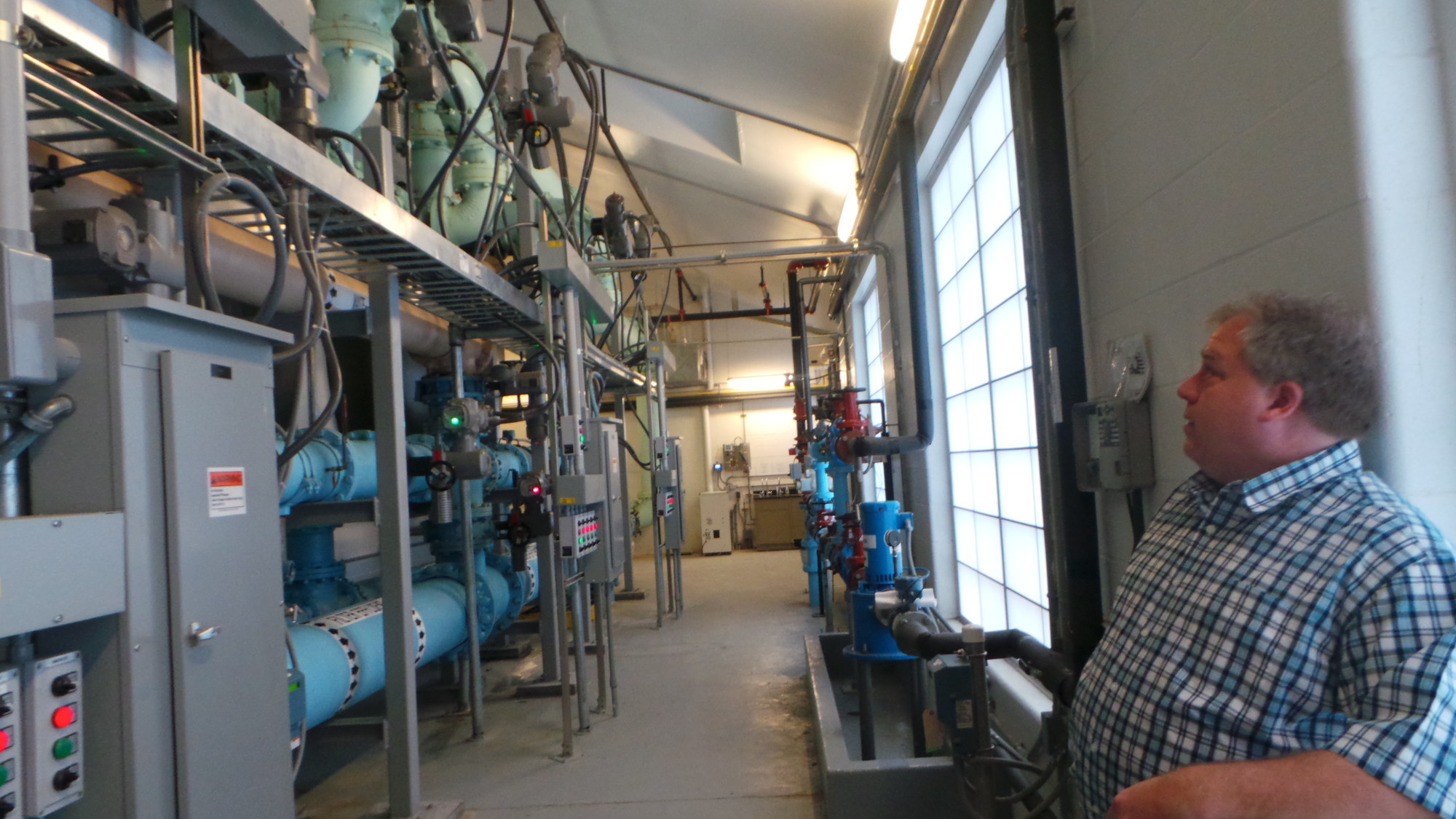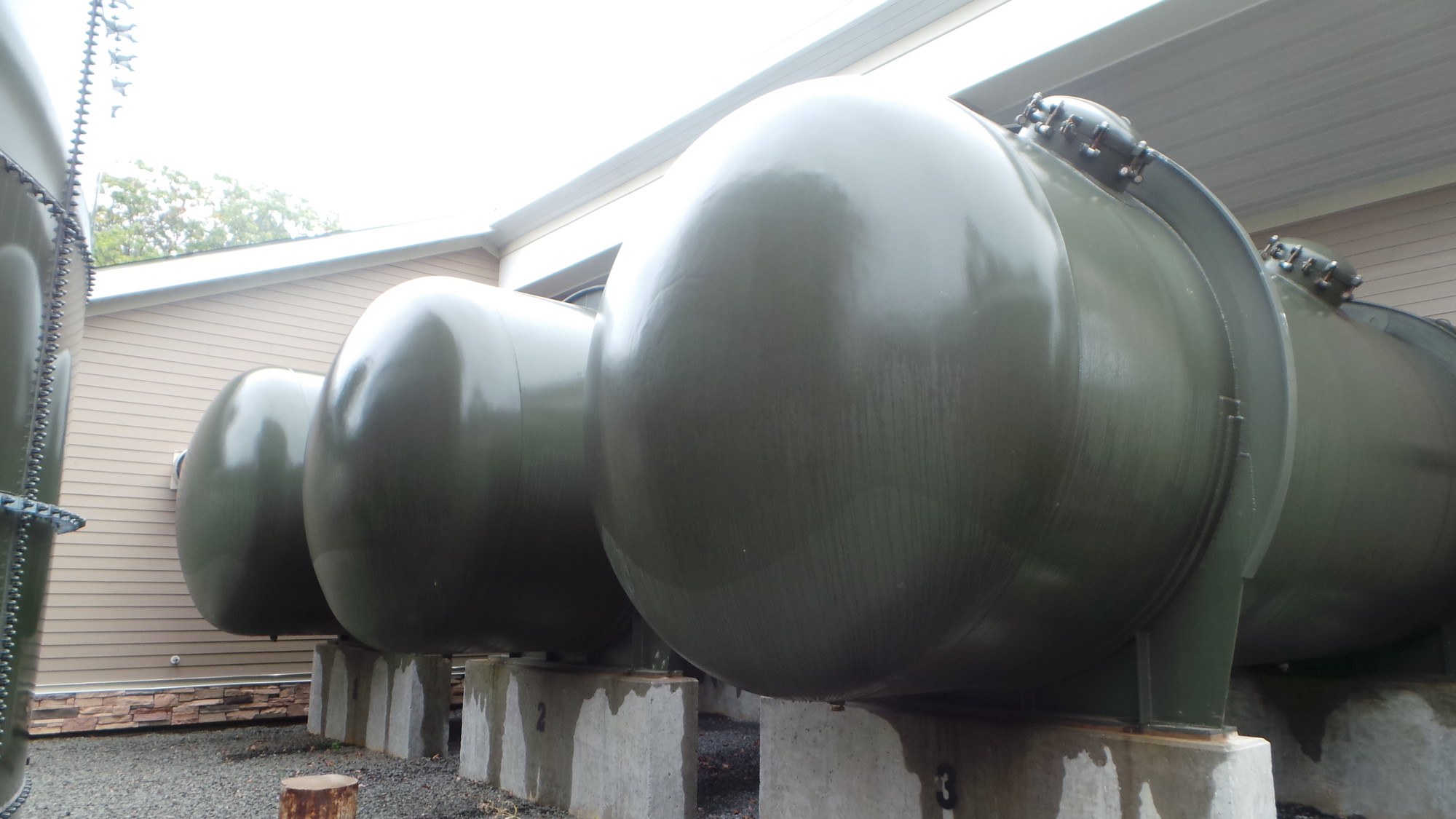Why Malverne still has brown water
Iron ‘source’ may be gone, but much of its infrastructure is still in place
Since it unofficially opened in November 2013, New York American Water’s filtration plant in Lynbrook, known as Plant #15, has amassed some impressive statistics. According to Richard Kern, a production manager for the facility, the site filters 4 million gallons of water a day, drawn from two wells in its facility that are 500 to 600 feet deep. The water is treated to ensure its drinkability and cleanliness: chlorine is added to kill bacteria, sodium hydroxide is added to regulate acidity, and sodium silicates are added to sequester iron.
The water is then pumped through three enormous filters — each with the capacity to hold 30,000 gallons. These filters, Kern said, are washed every day.
As a result, 95 to 100 percent of the iron is removed from the water, according to Kern. The water is tended to so carefully, the company’s public relations representative said, that it is cleaner than most bottled water you would find in a supermarket.
Why, then, does Malverne still have brown water?
“Iron accumulates in hot water heaters, and it’s very important that people flush their heater regularly,” Kern said. “We have a video that shows people how to do it.”
The video is of no use to Jeanne D’Esposito, who said she has had brown water in her house for years and has a new water heater as well. Last year D’Esposito was told by New York American Water that the water main on her block needed replacement, which would be done this year. Last week, after hearing nothing from the company, she inquired again, only to be told that the work has now been postponed until next year.
“Two and a half years I will have to wait for a main they know needs replacing? It’s ridiculous,” said D’Esposito. “I’m sure proper maintenance of the infrastructure is part of their contractual obligations. They are not fulfilling that obligation. The records show how old the mains are. They should have known the extent of the necessary work and planned for it to be done in a timely fashion.”











